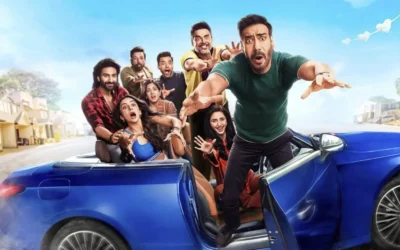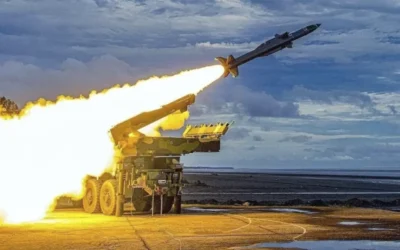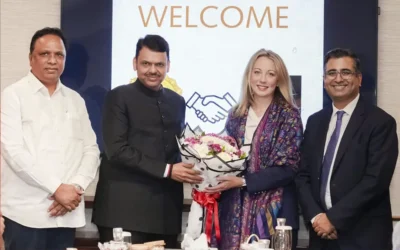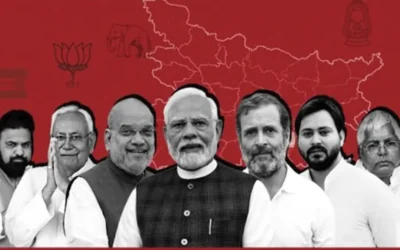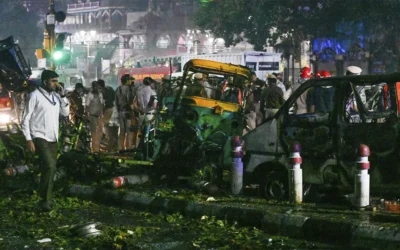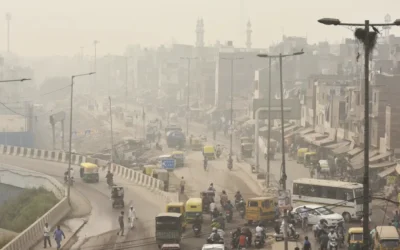Every year on August 15, India comes alive with the colors of its flag, the echoes of patriotic songs, and the pride of being a free nation. Independence Day is more than just a date on the calendar; it is a reminder of the courage, sacrifice, and determination of countless men and women who fought for the country’s freedom. From the revolts of 1857 to the non-violent resistance led by Mahatma Gandhi, India’s journey to independence in 1947 is a story of resilience and unity. It reminds us that freedom is not just a gift but a responsibility — a call to preserve the values, diversity, and democracy that make our nation strong. India’s freedom struggle was shaped by countless heroes whose courage and vision inspired generations.
Leaders like Mahatma Gandhi, with his philosophy of non-violence and spearheaded moments challenging colonial rule peacefully yet powerfully. Jawaharlal Nehru, Sardar Vallabhbhai Patel, and Subhas Chandra Bose played pivotal roles in uniting the nation and mobilizing people for freedom. Revolutionary figures like Bhagat Singh, Chandrashekhar Azad, and Rani Lakshmi bai took bold stands, sacrificing their lives to awaken the spirit of resistance. They showcased the collective determination of millions of Indians, each step bringing the nation closer to independence. Finally, after years of struggle, India gained freedom from the British Raj on August 15, 1947—a moment of pride & new beginnings for the nation.
The Swadeshi Movement
This movement encouraged Indians to boycott British goods and promote Indian-made products. It fueled economic self-reliance and laid the foundation for national movements
Non-Cooperation Movement
Led by Gandhi, this nationwide campaign urged Indians to withdraw from British institutions, boycott foreign goods, and refuse to pay taxes. Millions of students, lawyers, and peasants participated, making it one of the first large scale mass movements in India
The Salt March (1930)
Also called the Dandi March, this 240-mile march led by Gandhi protested the British salt tax, a symbol of colonial exploitation. Thousands joined in civil disobedience, producing salt illegally from seawater, showing the power of non-violent protest on a global stage.
The Quit India Movement
Initiated by the Indian National Congress, this was a call for immediate British withdrawal from India during World War II. Leaders like Gandhi, Nehru, and Patel were arrested. Protests erupted nationwide, with workers, students, and peasants joining in.
Collectively, these movements and sacrifices by millions of Indians kept the dream of freedom alive and ultimately Led to India achieving independence. Today, Independence Day is a moment to reflect on our past, celebrate our achievements, and envision a future where every citizen contributes to India’s growth and progress. It is a day to honor the heroes who laid down their lives for the nation and to remember that the true spirit of independence lives in our actions, our choices, and our commitment to unity.
As we hoist the tricolor and sing the national anthem, let us embrace the values of freedom, equality, and justice, keeping alive the dream of a stronger, brighter India.
Discover more empowering stories and insightful content like this on YOUxTalks, your go-to destination for inspiration and knowledge.
Follow YOUxTalks on Instagram: https://www.instagram.com/youxtalks



